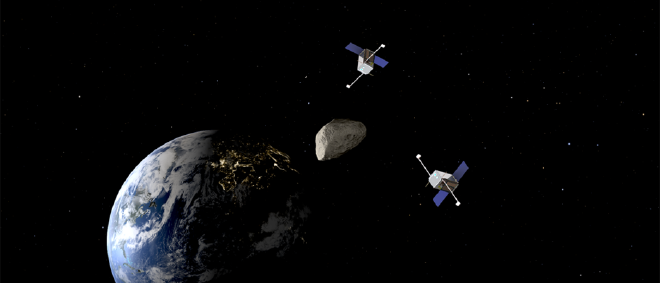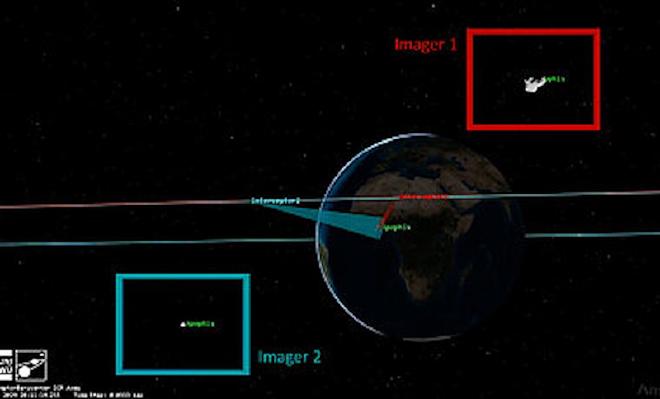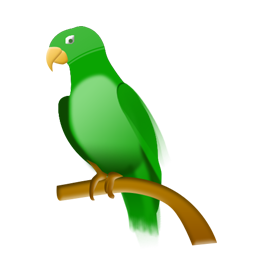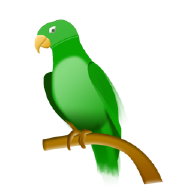

On Friday, April 13, 2029, it’s time to open your eyes in Würzburg: the asteroid (99942) Apophis will fly extremely close to Earth - a spectacle that citizens of the German cathedral city will be able to see as a point of light in the evening sky. With an average diameter of 340 meters, Apophis is considered potentially dangerous. However, according to NASA calculations, it will spare the Earth for the next 100 years.
In the NEAlight project, a team led by the JMU professor investigated three concepts for a German small satellite mission to Apophis. One concept will be continued: The Federal Ministry of Economics has extended the project until April 30, 2026 and is funding it with close to 300.000 euros. The project manager is Jonathan Männel, research assistant at Hakan Kayal’s professorship.
Paving the Way for the Interplanetary Use of Small Satellites #
Which of the three concepts prevailed? The researchers will develop two identical small satellites that will make their way to Apophis and take high-resolution images of the asteroid during its flyby. “These images can be used to gather information about the shape and rotation of Apophis and the effects of its close approach to Earth,” says Männel.
The shoebox-sized satellites will also use sensors to measure the Earth’s radiation and magnetic field environment. In this way, NEAlight will contribute to both asteroid research and the characterization of near-Earth space and the Earth’s radiation belts, says Männel. “With this project, we also want to pave the way for the interplanetary use of small satellites. They help us to better understand asteroids and can therefore help mankind take a step towards efficient defence,” says Professor Kayal.
About the NEAlight Project #
In the NEAlight project, Kayal’s team worked out the requirements for three mission scenarios in detail from May 2024, defined the basic mission architectures and evaluated the implementation options. Since May 1, 2025, the research team has been focusing on further developing one of the three concepts in greater depth.

The project is now underway and has been extended until April 30, 2026. It is being carried out at the Interdisciplinary Research Center for Extraterrestrial Studies (IFEX) at the Professorship for Space Technology.
“Investigation of small satellite mission ideas to Near Earth Asteroids (NEA) with focus on (99942) Apophis” (NEAlight) was funded in the first phase with around 306,000 euros from the German Aerospace Center (DLR) with funds from the Federal Ministry of Economics and Climate Protection on the basis of a resolution of the German Bundestag under the funding code 50OO2413. With the extension, the team from Würzburg has an additional 300,000 euros at its disposal.
- The article Taking a Close Look at an Asteroid, signed by Martin Brandstätter was published in the University of Würzburg’s website.

